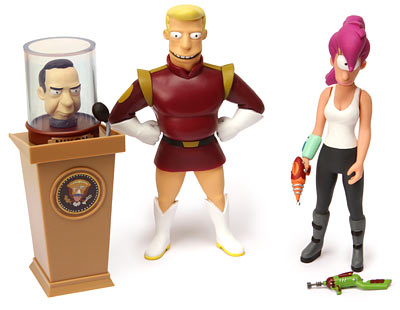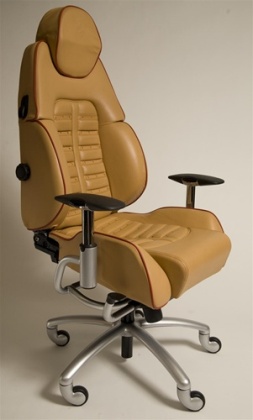Posted by: Mitchell H. Kirsch
Category: Cubicle Life
Tags: cubicle decorating, cubicle life, cubicles
Cubicle Decorating Building Blocks.
Going cubicle decorating? Good start. By flashing up the ol’ workspace, you’ll make your cubicle your own, create some conversation starters for colleagues, and improve overall office morale and productivity.
Cubicle decorating begins with some pretty simple building blocks. These items are easy to find and easy to personalize: Start with these items and you can put that personal stamp on your cubicle in no time!

Plants, real plants. While plastic plants are easy to place and easy to take care of, real plants have significant advantage over their artificial analogues. Real plants exude oxygen, which is good news for your productivity (your brain needs more of the stuff, and offices are notoriously low in this life-giving gas).
Plants are also guaranteed mood boosters, and the right ones add an invigorating dash of color to a drab workplace. Just don’t get a plant that exudes pollen or a too-strong smell.
Just remember this when using plants for cubicle decorating: choose plants that won’t grow too much. You want a plant that will help you interact with your colleagues – impossible when it blocks the hallway or your view of the rest of the office.
Family pictures. Adding a framed image of your loved ones tells your workmates that you have a life outside your office. Having images of family creates a positive impression of yourself in the workplace, too.
Postcards. A real, written-in postcard from a family member abroad is cubicle decorating gold – a personal touch that shows your sense of adventure and (depending on where it’s from) a sense of belonging to a larger world.

Candy bowl. A dish of treats is more than just a cubicle decorating whim – it’s a great conversation starter and a cool way to make new friends, especially when you’re new and you need an excuse to socialize with your new cubicle neighbors.
Calendar. A personalized calendar that shows off your personality or interests can “brand” your cubicle as yours like nothing else can. Hey, you might also get to meet other colleagues who share your interests!



